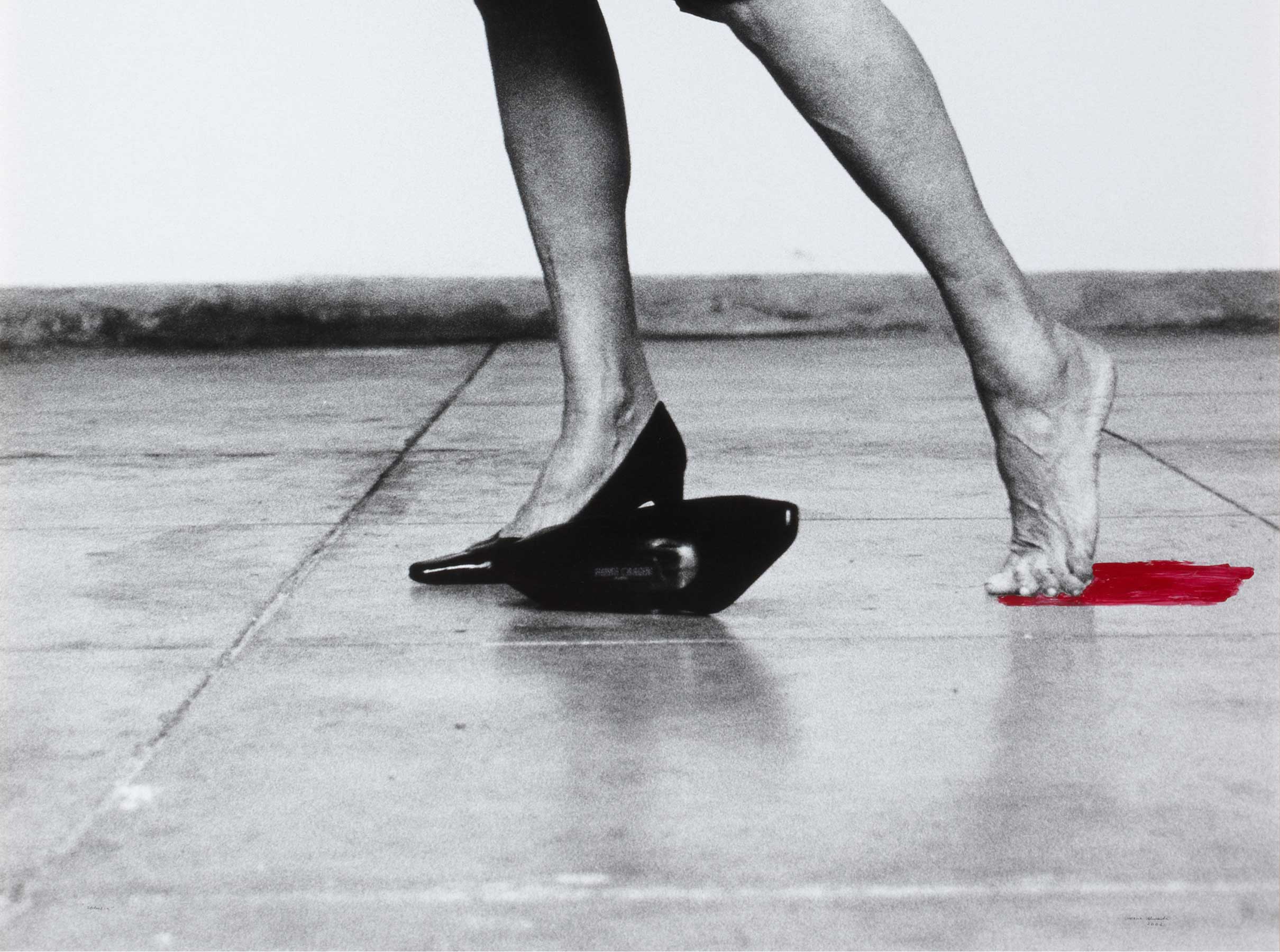Paisaje [Landscape]
- 1974
- Oil on canvas
- 73,5 x 60,5 cm
- Cat. P_33
- Acquired in 1975
A renewed interest in the landscape of Castile bore fruit with the establishment of the Free Institution of Education, which sought to emancipate the individual and society through contact with nature, a revolutionary approach to the territory which inspired, among others, the landscape work of Auereliano de Beruete, the serious approach, somewhere between Regenerationist and sinister, of Ignacio Zuloaga, and the Franciscan view of Darío de Regoyos. In this context, the landscapes of Caneja, from a later generation, offer a new appraisal of the lands of Castile from the 20th century. It is not the austere view that the intellectuals of the Generation of 1898 praised as a metaphor of Spanish essence, but rather a look that seeks sensual meaning. As the artist explained: ‘Castile is for me a gentler and tamed landscape, the most feminine landscape that I have observed’. As a follower of Daniel Vázquez Díaz, Caneja expressed himself through a peculiar assimilation of Cubist language, focusing on the broken horizon proposed by the young avant-garde artists at that hotbed for artists, writers and intellectuals, the Residencia de Estudiantes, the student accommodation where Diaz Caneja lived. It was here that he came in contact with Federico García Lorca, and other non-residents such as Rafael Alberti, Maruja Mallo and Alberto Sánchez. The new telluric poets and their interest in the ‘Spanish land’ must no doubt have influenced Caneja’s decision to reinterpret the landscape.
In Caneja, the austerity of the land is made abrupt by the diagonal broken lines, enclosing browns, siennas and mauves, using his highly characteristic dense or fluid pictorial matter. Even though this type of landscape is an ongoing theme in his work, the painter managed to individualise each of his works with nuances that he perfected over the years. Indeed, the works in the Banco de España Collection date from a period when he is considered to have been at the height of his artistic maturity, producing his best work. Juan Manuel Díaz Caneja is undoubtedly one of the most personal of all the painters who reinterpreted the landscape in the 20th century. Along with Benjamín Palencia, Vaquero Palacios and, later, José Beulas (all of whom also have works in the Banco de España Collection), he provides an example of the extraordinary variety of that genre of Spanish painting in the early modernist period.
Other works by Juan Manuel Díaz Caneja

![Paisaje [Landscape]](/f/webca/INF/assets/img/fff.png)